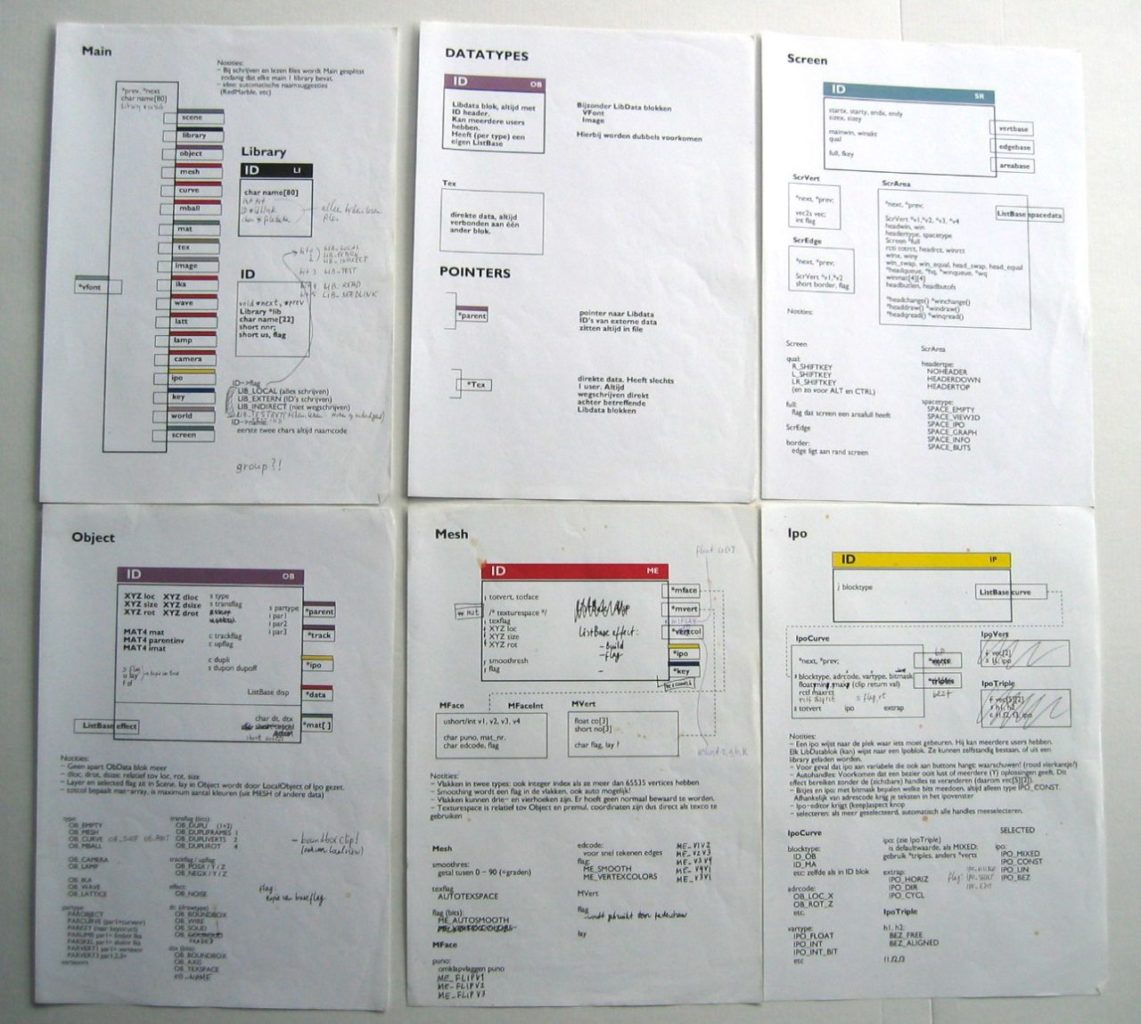Blender, a free and open source 3D computer graphics software, celebrated its 25th birthday yesterday. Blender team celebrated the birthday by publishing a post that talked about the journey of blender from 1993 to 2018, taking a trip down the memory lane.
Blender’s Journey (1994 – 2018)
- The Blender team states that during the 1993 Christmas Ton Roosendaal, creator of Blender started working on the Blender software, making use of the designs that he made during his 1993 course.

- The first blender version came to life on January 2nd, 1994 and used the subdivision-based windowing system working. This date has now been marked as Blender’s official Birthday and Roosendaal even has an old backup of this version on his SGI Indigo2 workstation.
- Blender was first released publicly online on 1st January 1998 as an SGI freeware. The Linux and Windows versions of Blender were released shortly after.
- In May 2002, Roosendaal started the non-profit Blender Foundation. The first goal for the Blender Foundation was to find a way to continue the development and promotion of Blender as a community-based open source project.
- With the popularity of the internet in the early 2000s, the source code for Blender became available under GNU General Public License (GPL) on October 13th, 2002. This day marked Blender as the open source and free 3D creation software that we use till date.
- Blender team started “Project Orange” in 2005, that resulted in the world’s first and widely recognized Open Movie “Elephants Dream”. The success of the open movie project led to Roosendaal establishing the “Blender Institute” in summer 2007. Blender Institute has now become the permanent office and studio where the team organizes the Blender Foundation goals and facilitates the Open Projects related to 3D movies, games or visual effects.
- In early 2008, Roosendaal started the Blender 2.5 project, which was a major overhaul of the UI, tool definitions, data access system, event handling, and animation system. The main goal of the project was to bring the core of Blender to the contemporary interface standards as well as the input methods.
- The first alpha version for Blender 2.5 was presented on Siggraph 2009, with the final release of 2.5 getting published in 2011.
- In 2012, the Blender team put its focus on further developing and exploring a Visual Effect creation pipeline that included features such as motion tracking, camera solving, masking, grading and good color pipeline.
- Coming back to 2018, it was just last week when the Blender team released Blender 2.8 with a revamped user interface, high-end viewport, and other great features.
Read Next
Mozilla partners with Khronos Group to bring glTF format to Blender
Building VR objects in React V2 2.0: Getting started with polygons in Blender










![How to create sales analysis app in Qlik Sense using DAR method [Tutorial] Financial and Technical Data Analysis Graph Showing Search Findings](https://hub.packtpub.com/wp-content/uploads/2018/08/iStock-877278574-218x150.jpg)


